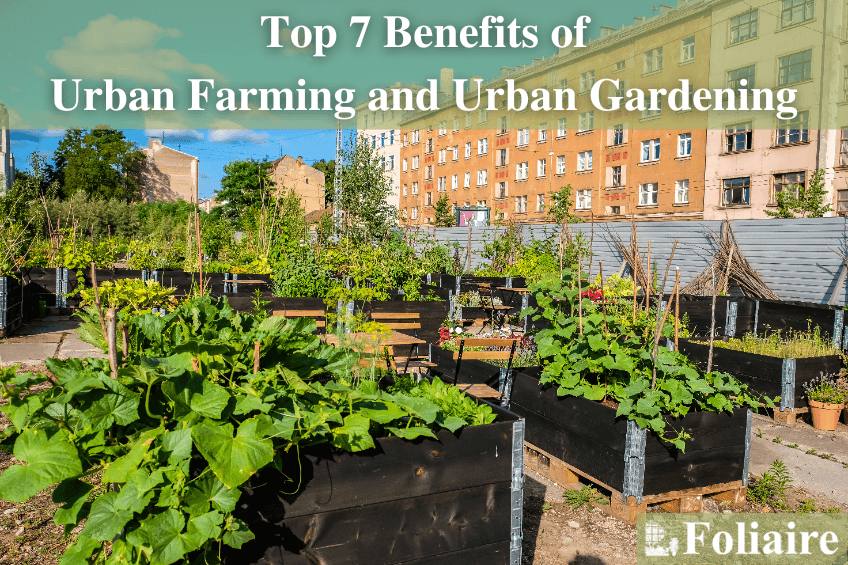City Blooming for Beginners
City Blooming for Beginners
Blog Article
The Single Strategy To Use For City Blooming
Table of ContentsWhat Does City Blooming Do?City Blooming - QuestionsThe Ultimate Guide To City BloomingThe Buzz on City BloomingSome Known Incorrect Statements About City Blooming
Intrigued in growing food available in the City of Chicago? Thinking of starting a neighborhood yard? Adjustments to the Chicago Zoning Regulation enable agricultural usages like neighborhood gardens and city farms in several components of the city. Below is a list of often asked questions pertaining to the guidelines and regulations that cultivators should take into consideration when preparing an urban agriculture task.
The zoning change does not change any various other codes dealing with composting, structure permits, buying or renting City possessed residential property, organization licenses or environmental contamination. There are existing codes that control these concerns and they stay in complete effect and might be suitable to your task. Community gardens are generally had or taken care of by public entities, public companies or community-based companies and maintained by volunteers.
Urban ranches expand food that is meant to be marketed, either on a not-for-profit or for-profit basis. Due to their commercial purpose, city farms require a service certificate.
The Only Guide for City Blooming
The amount of garden compost material can not exceed 25 cubic yards at any type of offered time according to the standards in 7-28-715 of the City's Municipal Code. Due to the fact that the dirt at many brand-new yard sites requires changing, garden compost, dirt, wood chips, or various other products can be acquired to create or enhance the expanding space.

If a structure permit is called for then the hoophouse will certainly be thought about an accessory structure. You can locate out more regarding the building permit requirements by getting in touch with the Department of Structures. The 25,000-square-foot size limitation is planned to avoid a single area garden from dominating a provided block or diminishing the block's existing residential or business character.
The restriction does not use to gardens situated in Public Open Space (POS) areas. Can there be more than one area yard that is 25,000 square feet on a single block? Fence is not needed, however, yards that have huge car park locations might be called for to install fencing or other landscaping attributes.
Getting The City Blooming To Work
B1 & B2 areas need that all industrial usage activities be conducted inside. Is secure fencing required for city farms? Fences may be needed, along with landscaping and screening, for specific auto parking areas and outdoor work or storage locations depending on location and the certain task taking place.
Urban farms call for structure permits and zoning authorizations prior to building (fruit and vegtables). Other kinds of city review might be required depending on certain frameworks, activities, dimension, landscape design, licensing, public heath and stormwater administration issues.
The Department of Service Matters and Customer Protection can help identify the details kind of business certificate that's required. Off street parking is required for a lot of industrial tasks in Chicago. The required number of auto parking areas is based on the number of employees functioning on site and not the square video footage of the expanding area.
Not known Incorrect Statements About City Blooming

An urban farm can sell garden compost product created on site, however, the operation should comply with the policies in 7-28-715 of the Chicago Municipal Code. Aquaponic systems are allowed inside on urban farms in lots of zoning districts.
Approximately five hives or swarms of honey may be kept as an accessory usage. Beekeepers should sign up with the Illinois Division of Agriculture. To find out more regarding the suggested zoning amendment you may speak to the Department of Real Estate and Economic Advancement, Bureau of Planning and Zoning at 312.744.8563.
Farming in cities and urban locations A city farm in Chicago. Urban farming describes various techniques of growing. https://gravatar.com/danielnold94107, handling, and dispersing food in urban areas. The term also applies to the location activities of animal husbandry, aquaculture, beekeeping, and cultivation in a metropolitan context. Urban agriculture is distinguished from peri-urban farming, which takes area in backwoods beside suburban areas.
The Buzz on City Blooming
, that seek to develop social networks started on a shared values of nature and area holism. These networks can develop by way of official institutional assistance, becoming incorporated into regional community planning as a "change community" movement for lasting metropolitan growth.
Some of the initial proof of metropolitan farming comes from Mesopotamia.
Report this page